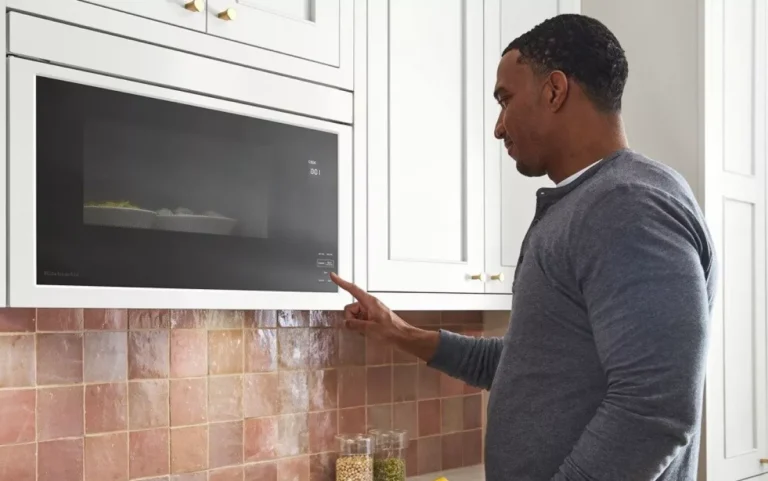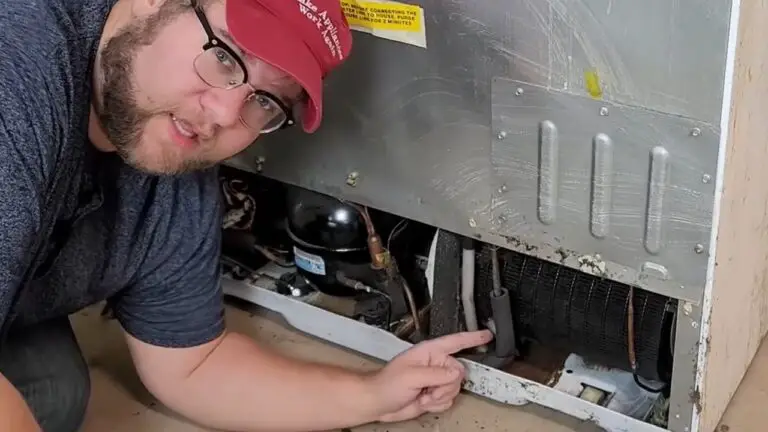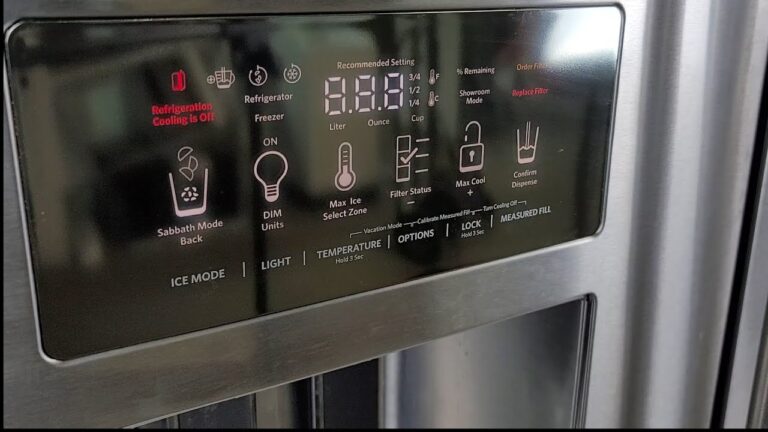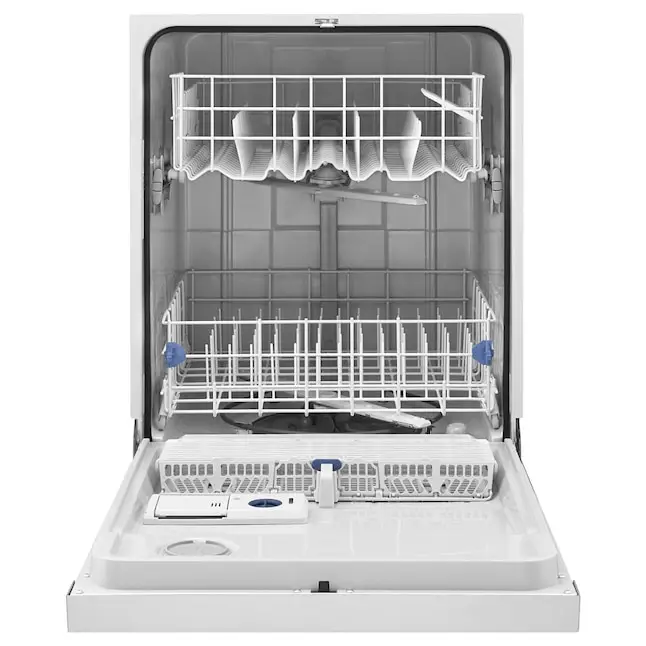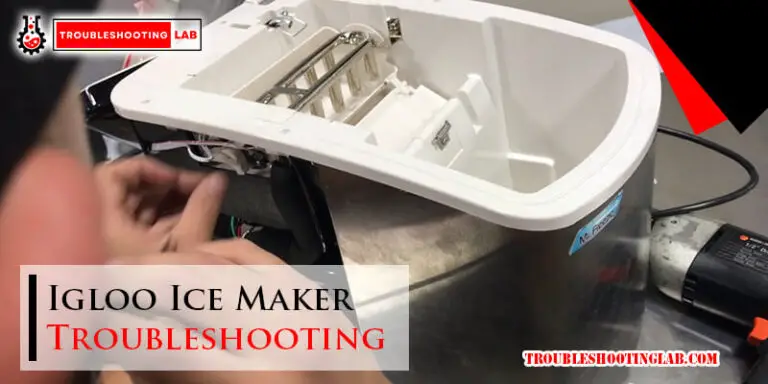Fisher And Paykel Dishdrawer Manual Troubleshooting
Struggling with your Fisher and Paykel DishDrawer? You’re not alone.
Whether it’s a flashing light, a strange noise, or dishes that just won’t come out clean, troubleshooting can feel overwhelming. But don’t worry—this guide is here to make things simple for you. With clear, step-by-step solutions, you’ll learn how to fix the most common issues and get your DishDrawer running like new again.
Keep reading, because the answer to your problem might be just a scroll away!

Common Fisher And Paykel Dishdrawer Error Codes
Sometimes, your Fisher and Paykel DishDrawer may flash an error code, leaving you puzzled. While these codes can seem intimidating, they’re actually designed to help you pinpoint and resolve issues. Let’s break down some common error codes and simple steps to address them.
Decoding Error Messages
Error codes on your DishDrawer are like secret messages from your machine. They tell you what’s wrong so you can fix it quickly. Here are some common ones you might see:
| Error Code | What It Means |
|---|---|
| E1 | Water is not draining properly. Check for a clogged drain hose or filter. |
| E2 | There’s a water supply issue. Ensure the water inlet valve is open and not blocked. |
| F1 | There’s water detected at the base. This could mean a leak or overflow. |
| F9 | The motor is overloaded. Check for obstructions or large items blocking the spray arm. |
When you see these codes, don’t panic. They’re your dishwasher’s way of asking for help.
Steps To Reset The Dishdrawer
Resetting your DishDrawer can often clear error codes and get things back on track. Here’s how you can do it:
- Turn off the power to the DishDrawer at the wall or unplug it from the outlet.
- Wait for at least five minutes. This allows the system to reset fully.
- Turn the power back on and check if the error code is gone.
If the error persists, double-check for physical issues like blockages or leaks. Sometimes, a simple reset won’t solve deeper problems.
Have you ever ignored an error code, only to have the problem worsen? It’s tempting to procrastinate, but addressing issues early can save you time and money.
By following these steps, you can confidently troubleshoot your Fisher and Paykel DishDrawer. Which error code has been the trickiest for you to tackle?
Fisher And Paykel Dishdrawer Water Issues
Water issues can disrupt the functionality of your Fisher and Paykel DishDrawer. Common problems include the DishDrawer not filling with water, leaks, and drainage troubles. Understanding these issues can help you resolve them quickly and restore your appliance’s performance.
Dishdrawer Not Filling With Water
If your DishDrawer isn’t filling with water, check the water supply. Ensure the water tap is fully open and the hose is securely connected. Inspect the hose for kinks or damage that may block water flow.
Verify the inlet filter isn’t clogged. Remove it and rinse under running water to clear debris. Examine the water pressure to ensure it meets the recommended level specified in your manual.
Dealing With Water Leaks
Water leaks can result from damaged seals or improper alignment. Inspect the door gasket for wear or cracks. Clean it to remove dirt that might prevent a tight seal.
Check the hoses for leaks or loose connections. Tighten fittings and replace damaged hoses if needed. Ensure the DishDrawer is level to prevent water pooling and leaking.
Resolving Drainage Problems
Drainage issues often stem from clogged filters or blocked hoses. Remove and clean the drain filter to eliminate debris buildup. Ensure the drain hose isn’t kinked or obstructed.
If water remains in the DishDrawer after a cycle, verify the pump is functioning. Refer to the manual for instructions on inspecting and cleaning the pump components.
Fisher And Paykel Dishdrawer Performance Problems
Fisher and Paykel DishDrawers are efficient and user-friendly appliances. Yet, performance issues can arise over time. Troubleshooting these problems at home can save time and effort. Below are common performance problems with practical solutions.
Poor Cleaning Results
Poor cleaning might result from clogged spray arms or filters. Check the spray arms for food particles or debris. Clean them with warm soapy water to ensure proper water flow. Inspect the filter at the bottom of the drawer. Remove and rinse it under running water to clear blockages. Avoid overloading the DishDrawer, as overcrowding can block water circulation. Always scrape off food scraps before loading dishes.
Unusual Noises During Operation
Strange noises could mean loose items are rattling inside. Ensure dishes and utensils are securely placed. Check if the spray arm is hitting large items or utensils. Adjust the load to prevent contact with moving parts. If noises persist, inspect for foreign objects like glass shards in the filter or pump. Clean the area carefully to prevent damage.
Dishdrawer Not Starting
A non-starting DishDrawer might have a power issue. Confirm the appliance is plugged in and the outlet is functional. Check the circuit breaker to ensure it hasn’t tripped. If the display shows an error code, consult the manual for its meaning. Ensure the drawer is fully closed and latched. Sometimes, improper latching can stop the cycle from starting. Resetting the unit by turning off the power for a few minutes can also help.
Fisher And Paykel Dishdrawer Door And Seal Troubleshooting
Your Fisher & Paykel DishDrawer is a fantastic appliance, but even the best dishwashers can face wear and tear. Over time, issues like a jammed door or a worn-out seal can crop up, affecting performance. Luckily, most of these problems are easy to fix with a little guidance.
Fixing A Jammed Door
A jammed door can feel frustrating, especially when you’re mid-cleanup. The first step is to ensure that nothing inside the drawer is blocking it. Plates or utensils sticking out might be the culprit.
If the drawer still won’t budge, check the tracks on the sides. Dirt or grime buildup can make the door stick. Wipe down the tracks with a damp cloth, and don’t forget to dry them completely to avoid further issues.
Sometimes, the locking mechanism can also cause a jam. In such cases, unplug the unit for a minute and plug it back in to reset the system. If the issue persists, the latch may need professional attention.
Replacing A Worn-out Seal
A worn-out seal can lead to leaks, which no one wants to deal with. Look closely at the rubber seal around the door. Does it look cracked or brittle? That’s a clear sign it needs replacing.
Replacement seals are available online or through Fisher & Paykel’s service providers. Remove the old seal gently by peeling it away, starting from one corner. Be careful not to damage the groove where the seal sits.
To install the new seal, press it firmly into the groove, ensuring no gaps are left. Run a short cycle afterward to confirm the seal works properly. A snug, leak-free seal keeps your kitchen dry and your dishwasher running smoothly.
Dealing with door and seal troubles might seem intimidating, but the fixes are simpler than you think. Take it one step at a time, and you’ll have your DishDrawer back to peak performance in no time.
Fisher And Paykel Dishdrawer Troubleshooting For Electrical And Display Issues

Electrical and display issues can disrupt the smooth operation of your Fisher and Paykel DishDrawer. These problems might cause frustration, especially during busy days. Fortunately, understanding common issues and troubleshooting methods can help resolve them quickly. Below, we’ll explore solutions for display and power-related concerns.
Display Not Responding
If your DishDrawer display isn’t responding, it may indicate a connection issue. First, check if the appliance is plugged into a functioning power outlet. Ensure the outlet is delivering electricity. Use another device to confirm.
Inspect the control panel for any visible damage. Clean the display gently with a soft cloth to remove dirt or moisture. Avoid harsh chemicals to prevent further damage.
In some cases, a software glitch may be causing the issue. Turn off the DishDrawer, wait for 10 seconds, and restart it. This simple reset often resolves minor display problems.
Handling Power Interruptions
Power interruptions can affect the performance of your DishDrawer. If the appliance stops working after a blackout, check the circuit breaker. Reset the breaker if it has tripped.
Verify the power supply to the DishDrawer. Sometimes, fluctuations can cause the appliance to malfunction. Plug it into a stable power source for consistent operation.
If the DishDrawer doesn’t resume functioning, try a hard reset. Unplug the unit for 30 seconds and reconnect it. This often restores normal operation after power disruptions.
Maintenance Tips

Proper maintenance of your Fisher & Paykel DishDrawer can extend its lifespan. Regular care also ensures it works efficiently, saving you time and effort. Below are essential tips to keep your appliance in top shape.
Cleaning The Filters
Filters in your DishDrawer trap food particles and grease. Over time, they can clog, affecting cleaning performance. Remove the filters gently by following the manual’s instructions. Rinse them under warm water to remove debris. Use a soft brush for stubborn residue. Dry the filters thoroughly before placing them back. Clean the filters at least once a month for optimal results.
Preventing Future Issues
Always scrape large food particles off dishes before loading. Avoid overloading the drawers, as this can block water flow. Use the recommended dishwasher detergent to prevent residue buildup. Check the spray arms regularly for blockages. Clear any obstructions to maintain proper water circulation. Leave the drawer slightly open after each cycle to prevent odors.
Conclusion
Troubleshooting your Fisher and Paykel DishDrawer can feel overwhelming at times. With the right manual and steps, many issues are easy to fix. Regular maintenance helps prevent common problems and extends your appliance’s life. Always check for error codes and follow the manual’s guidelines.
For persistent issues, contacting a professional ensures safe repairs. A well-maintained DishDrawer saves you time and effort in the long run. By addressing small problems early, you can keep your dishwasher running smoothly. Remember, taking care of your appliance ensures reliable performance for years to come.


